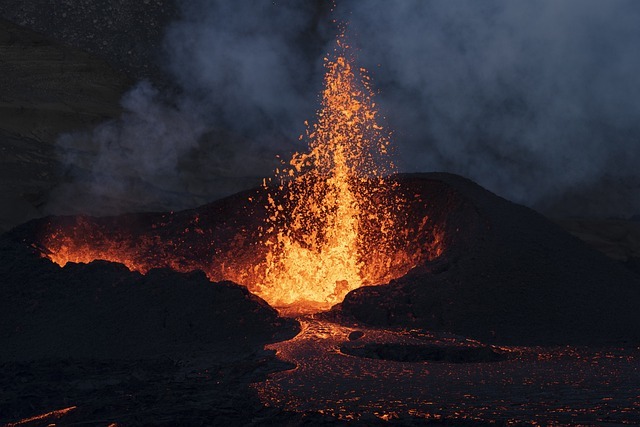In an ambitious race to explore the moon and unlock its water resources for future space missions and permanent settlements, several countries are leading the charge with remarkable findings and advancements. The moon, once considered a distant neighbor, is now the focus of international efforts.
1. NASA – The United States: NASA has been at the forefront of lunar exploration, with the Artemis program aiming to return humans to the moon by 2024. Their lunar Gateway project intends to establish a sustainable presence and unlock water ice resources. Recent findings include the confirmation of water molecules on the moon’s surface.
2. China: China’s Chang’e missions have been monumental. Chang’e-4 made history by landing on the far side of the moon. China is actively planning a lunar research station and aims to establish a sustainable human presence by the 2030s.
3. Russia: Russia, through its space agency Roscosmos, is collaborating with NASA on lunar exploration. They are developing a lunar gateway module, contributing to the international lunar effort.
4. European Space Agency (ESA): ESA has also shown a keen interest in moon exploration. They are contributing to the lunar Gateway and planning lunar lander missions. ESA’s involvement enhances the global effort to unlock lunar resources.
5. India: The Indian Space Research Organisation (ISRO) is pursuing lunar exploration with its Chandrayaan missions. Although Chandrayaan-2 faced challenges, India remains committed to lunar research and resource utilization.
6. International Collaboration: Various countries are joining hands through international agreements like the Artemis Accords to ensure the responsible and sustainable use of lunar resources.
Recent developments, such as confirmed water ice on the moon’s surface, have fueled optimism for future space missions. As countries compete and cooperate in this international rush, the moon is poised to become a stepping stone for humanity’s expansion into the cosmos, unlocking valuable resources and establishing permanent settlements. The future of lunar exploration is brighter than ever, promising groundbreaking discoveries and advancements in our quest to understand and utilize the moon’s potential.










